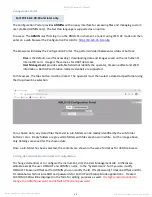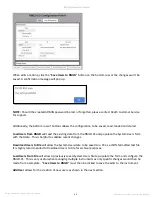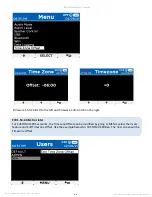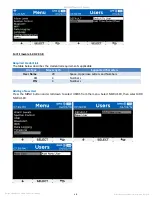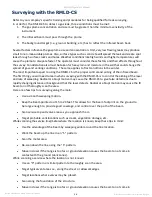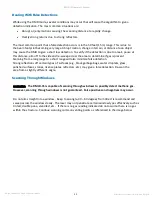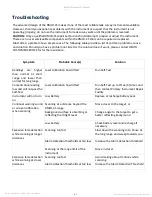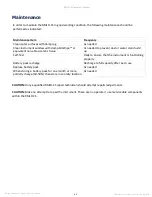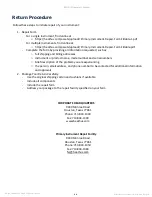
Doc No. 105408 Rev C, RMLD-CS Operator Manual
RMLD-CS
Operator’s Manual
Manual
© 2021 Heath Consultants Incorporated. All rights
reserved.
54
How Does the RMLD-CS Measure Gas?
With the RMLD-CS it is now possible to survey areas that are hard to reach or not easily accessible. The
RMLD-CS does not have to be within the gas plume because it uses laser technology known as Tunable
Diode Laser Absorption Spectroscopy. As the laser passes through a gas plume, the methane absorbs a
portion of the light, which the RMLD-CS then detects. This technology makes it possible to detect leaks
along the sight line without always having to walk the full length of the service line.
The invisible Infrared (IR) detector laser beam is transmitted from the launch port. With a normal
background, such as brick, concrete, and grass, it has a maximum distance of up to 100 ft. away (actual
distance may vary due to surface condition).
To detect leaks, as the above illustration depicts, when the infrared laser beam passes through a gas plume,
and is reflected back, the reflected light is collected and converted to an electrical signal that carries the
information needed to deduce the methane concentration.
The laser light is selective to methane and will not false-alarm on other hydrocarbons.
This signal is processed so that methane concentrations can be reported in parts-per-million-meter or
PPM-M.
PPM-M is the product of the methane concentration times the width of the plume. For example, if the
leak is creating a gas cloud of 1000 PPM and is about ½ meter in width (the distance the infrared beam
passes through the plume). The RMLD-CS will measure 500 PPM-M.
For another example, if the average concentration of the gas cloud is 20 PPM and is about two (2)
meter in width, the RMLD-CS will measure 40 ppm-m, plus a background level of 15 PPM-M in this case,
displaying a total value of 55 PPM-M.
Summary of Contents for HPN105354
Page 1: ......



